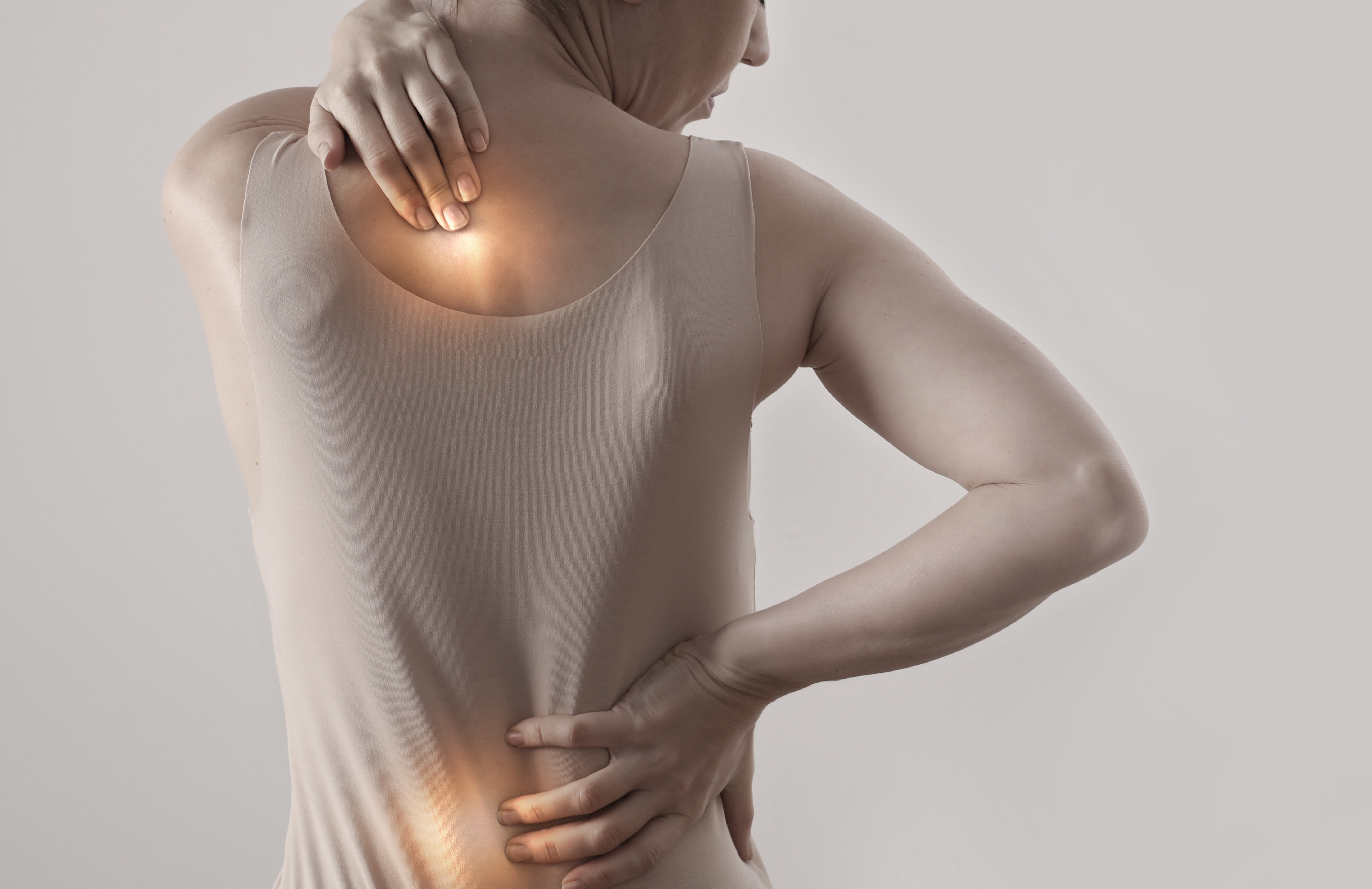
Introduction:
Low back pain (LBP) is a prevalent and debilitating condition that affects millions worldwide, impacting daily activities and overall quality of life. In this comprehensive guide, we'll explore the efficacy of clinical Pilates in managing and preventing LBP, delving into its principles, benefits, and debunking common myths.

Understanding Low Back Pain:
LBP can stem from various causes, including muscle or ligament strain, disc problems, spinal abnormalities, lifestyle factors such as poor posture, arthritis, trauma/injury, or underlying medical conditions. Symptoms range from mild discomfort to severe pain, often affecting mobility and functionality. Effective management of LBP is crucial for restoring wellness and minimising its impact on daily life.
The history of Pilates:
Pilates, often hailed as a cornerstone of modern fitness routines, has a rich and fascinating history that traces back to the early 20th century. Developed by Joseph Pilates, a German physical trainer, during World War I, the method originally known as "Contrology" aimed to rehabilitate injured
soldiers by combining principles of yoga, martial arts, and Western exercise techniques.
Pilates believed in the interconnectedness of body, mind, and spirit, emphasising precise movements and controlled breathing to build strength, flexibility, and endurance. After immigrating to the United States in the 1920s, Pilates established his first studio in New York City, attracting dancers and athletes who sought his innovative approach to conditioning. Over the decades, Pilates evolved into a mainstream fitness practice embraced by millions worldwide for its holistic benefits and its ability to promote overall well-being.
Effectiveness of Pilates:
In recent years, Pilates has surged in popularity as a holistic exercise regimen, praised for its ability to strengthen the body, enhance flexibility, and promote mental well-being. But beyond the trends and fads, what does science have to say about the effectiveness of Pilates? Let's delve into the research to uncover the evidence-backed benefits of this revered practice.
One of the fundamental principles of Pilates is its focus on core strength and stability. A study published in the Journal of Orthopaedic & Sports Physical Therapy by Cruz-Ferreira et al. (2011) found that Pilates significantly improved core strength and endurance in healthy adults after just 12 weeks of regular practice. This improvement in core strength not only enhances physical performance but also contributes to better posture and reduced risk of injury.
Flexibility is a cornerstone of Pilates, with its emphasis on controlled movements and precise alignment. A study conducted by Wells et al. (2012) and published in the Journal of Bodywork and Movement Therapies demonstrated that Pilates effectively improves flexibility and range of motion, particularly in the spine and lower extremities. Enhanced flexibility not only aids in injury prevention but also fosters graceful movement patterns and overall physical well-being.
Reference:
Wells, C., Kolt, G. S., Marshall, P., & Hill, B. (2012). The Effectiveness of Pilates Exercise in People with Chronic Low Back Pain: A Systematic Review. Journal of Bodywork and Movement Therapies, 16(4), 526-533. doi:10.1016/j.jbmt.2012.02.002
Chronic low back pain is a pervasive issue that affects millions worldwide. Fortunately, Pilates has emerged as a promising intervention for alleviating this debilitating condition. A systematic review conducted by Wells et al. (2012) concluded that Pilates exercise is effective in reducing pain and improving functional ability in individuals suffering from chronic low back pain. The precise movements and focus on core stability in Pilates help strengthen the muscles supporting the spine, leading to pain relief and enhanced spinal health.
Reference:
Wells, C., Kolt, G. S., Marshall, P., & Hill, B. (2012). The Effectiveness of Pilates Exercise in People with Chronic Low Back Pain: A Systematic Review. Journal of Bodywork and Movement Therapies, 16(4), 526-533. doi:10.1016/j.jbmt.2012.02.002
Beyond its physical benefits, Pilates is renowned for its positive impact on mental well-being. A meta-analysis conducted by Pucci et al. (2020) and published in Complementary Therapies in Medicine revealed that Pilates-based interventions are associated with significant reductions in anxiety and depression symptoms. The mind-body connection fostered by Pilates, along with its emphasis on mindful movement and breath awareness, contributes to stress reduction and overall psychological resilience.
Reference:
Pucci, G. C. M. F., Rech, C. R., Ferreira, G. V., Hallal, P. C., & Reis, R. S. (2020). Effects of Pilates on Anxiety, Depression, and Body Perception: A Systematic Review and Meta-Analysis. Complementary Therapies in Medicine, 49, 102297. doi:10.1016/j.ctim.2020.102297
In conclusion, the evidence overwhelmingly supports the effectiveness of Pilates in improving physical fitness, alleviating pain, and promoting mental well-being. From enhancing core strength and flexibility to reducing low back pain and anxiety, Pilates offers a comprehensive approach to holistic health and wellness. Whether you're a beginner or a seasoned practitioner, incorporating Pilates into your fitness routine can undoubtedly yield transformative benefits for both mind and body.
Other benefits of Pilates for LBP:
· Improves Posture: Emphasising alignment and postural awareness, Pilates corrects imbalances that contribute to LBP.
· Increases Flexibility and Mobility: Dynamic movements in Pilates enhance spinal flexibility, relieving tension and stiffness.
· Promotes Body Awareness: Mindful movement and breath control in Pilates help identify and correct movement habits that exacerbate LBP.
· Pilates exercises are adaptable to accommodate varying fitness levels and rehabilitation goals, ensuring a safe and effective program for individuals with LBP.
· Holistic Approach: Pilates takes a holistic approach to health and fitness, addressing not only physical strength and flexibility but also mental well-being and body-mind connection. By promoting relaxation, stress reduction, and overall well-being, Pilates can help individuals manage the psychological aspects of low back pain, such as anxiety and depression, which often accompany chronic pain conditions.
Myths:
Despite its widespread popularity and proven benefits, Pilates often falls victim to misconceptions and myths that overshadow its true potential. From misconstrued notions about its intensity to scepticism regarding its effectiveness, these myths can deter individuals from exploring the transformative power of Pilates. Let's explore some common myths surrounding Pilates and unravel the truth behind this revered fitness regimen.
Myth 1: Pilates is only for women: One of the most common myths about Pilates is that it is a workout designed exclusively for women, but this is not true. Pilates was developed by a man, Joseph Pilates, in the early 20th century, and he initially designed it as a form of exercise for men. However, modern Pilates, as it is practised today, suits men and women of all ages and fitness levels. Pilates is an excellent way for men to build strength, flexibility, and core stability, which can improve performance in sports and other physical activities.
Myth 2: Pilates is easy and not challenging: Another common misconception about Pilates is that it is an easy workout. While Pilates is a gentle, low-impact exercise on the joints, it can be challenging for even the fittest athlete for a few reasons.
Pilates exercises often involve slow and controlled movements, making them more challenging than other forms of exercise involving faster, more explosive movements. This slow and steady approach helps to build endurance and strength over time, but it can be challenging to maintain this level of control throughout an entire Pilates session. Additionally, each movement requires a deliberate effort to engage core muscles, which can be difficult for beginners not used to this type of training.
Myth 3: Pilates is the same as yoga: This is another common Pilates myth. Pilates and yoga do have similarities in their movement approach, particularly in drawing importance to a harmony of strength and mobility. However, as yoga is essentially practised on a mat, it is not adaptable to many injuries and pathologies in the way that Pilates can facilitate with the use of equipment. Additionally, yoga is traditionally taught in large group classes with everyone performing the same movements (sometimes with a couple of modifications added for each movement).
Conclusion: Clinical Pilates offers a holistic and effective approach to managing LBP, addressing core strength, flexibility, posture, and mindfulness. By incorporating Pilates into their routine, individuals can unlock relief, restore functionality, and enhance overall well-being.
By Niamh Knightly. Click HERE to book a session and help your low back pain.

Recent Comments